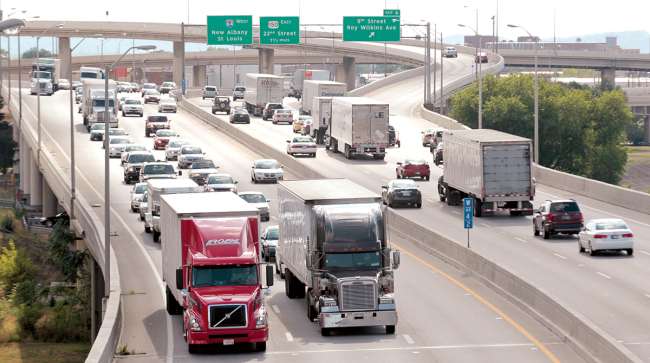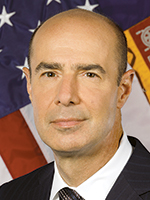Senior Reporter
Department of Labor Issues Final Rule on Independent Contractor Status

[Stay on top of transportation news: Get TTNews in your inbox.]
The U.S. Department of Labor on Jan. 6 issued a final rule revising its interpretation of independent contractor status under the Fair Labor Standards Act that it said will “promote certainty for stakeholders, reduce litigation and encourage innovation in the economy.”
The new federal rule, due to become effective March 8, generally is more favorable for motor carriers than the so-called ABC test used in the California AB 5 law to determine whether a truck driver is an employee or independent contractor, said Gregory Feary, a partner in Indianapolis-based law firm Scopelitis Garvin Light Hanson and Feary PC, who focuses on independent contractor issues.
“Certainly, juxtaposing this rule against the ABC test, you would conclude that this is a far better option, and generally aligns and reconfirms the economic realities test that has been used traditionally in this area of law as a U.S. Department of Labor law,” said Feary, who is president of the firm that mostly represents trucking clients.

Feary
Feary called the ABC test “an opportunity to be tripped up three times.”
“This rule would provide a welcome step in the right direction, providing fleets and independent contractors with needed clarity,” said Bill Sullivan, executive vice president of advocacy for American Trucking Associations. “Although the viability of this final rule will rest with the incoming Biden administration, we’ll continue to advocate for a system that empowers contractors with the flexibility and freedom they seek and ensures fleets have the capacity to meet surge demand during peak seasons.”
The final rule explains that independent contractors are workers who, as a matter of economic reality, are in business for themselves as opposed to being economically dependent on the potential employer for work.
RELATED: Labor Department Seeks to Clarify Independent Contractor Status
DOL said the rule reaffirms an “economic reality test” to determine whether an individual is in business for him or herself or is economically dependent on a potential employer for work.
“The rule sharpens this inquiry into five distinct factors, instead of the five or more overlapping factors used by most courts and previously the department,” the rule said.
The final rule says that consistent with the FLSA’s text, its purpose and the department’s experience administering and enforcing the act, the final rule explains that two of those “core” factors — the nature and degree of the worker’s control over the work and the worker’s opportunity for profit or loss — are more “probative of the question of economic dependence or lack thereof than other factors, and thus typically carry greater weight in the analysis than any others.”
.@USDOL announced a final rule clarifying independent contractor status under the Fair Labor Standards Act: https://t.co/0eMKN0ACK0 pic.twitter.com/pn8O8je2an
— US Labor Department (@USDOL) January 6, 2021
The rule said that three other factors can serve as additional guideposts in the analysis. They are the amount of skill required for the work, the degree of permanence of the working relationship between the worker and the potential employer, and whether the work is part of an integrated unit of production.
“The department believes this final rule will significantly clarify to stakeholders how to distinguish between employees and independent contractors under the act,” said the final rule, announced in a pre-publication post Jan. 6.

Scalia
“This rule brings long-needed clarity for American workers and employers,” U.S. Secretary of Labor Eugene Scalia said in a Jan. 6 statement. “Sharpening the test to determine who is an independent contractor under the Fair Labor Standards Act makes it easier to identify employees covered by the act, while recognizing and respecting the entrepreneurial spirit of workers who choose to pursue the freedom associated with being an independent contractor.”
“The rule we announced [Jan. 6] continues our work to simplify the compliance landscape for businesses and to improve conditions for workers,” Wage and Hour Division Administrator Cheryl Stanton said. “The real-life examples included in the rule provide even greater clarity for the workforce.”
DOL’s proposed rule drew more than 1,800 responses during the 30-day public comment period. The rule said the overwhelming majority of commenters who identified themselves as independent contractors supported the proposed rule.
Want more news? Listen to today's daily briefing:
Subscribe: Apple Podcasts | Spotify | Amazon Alexa | Google Assistant | More




